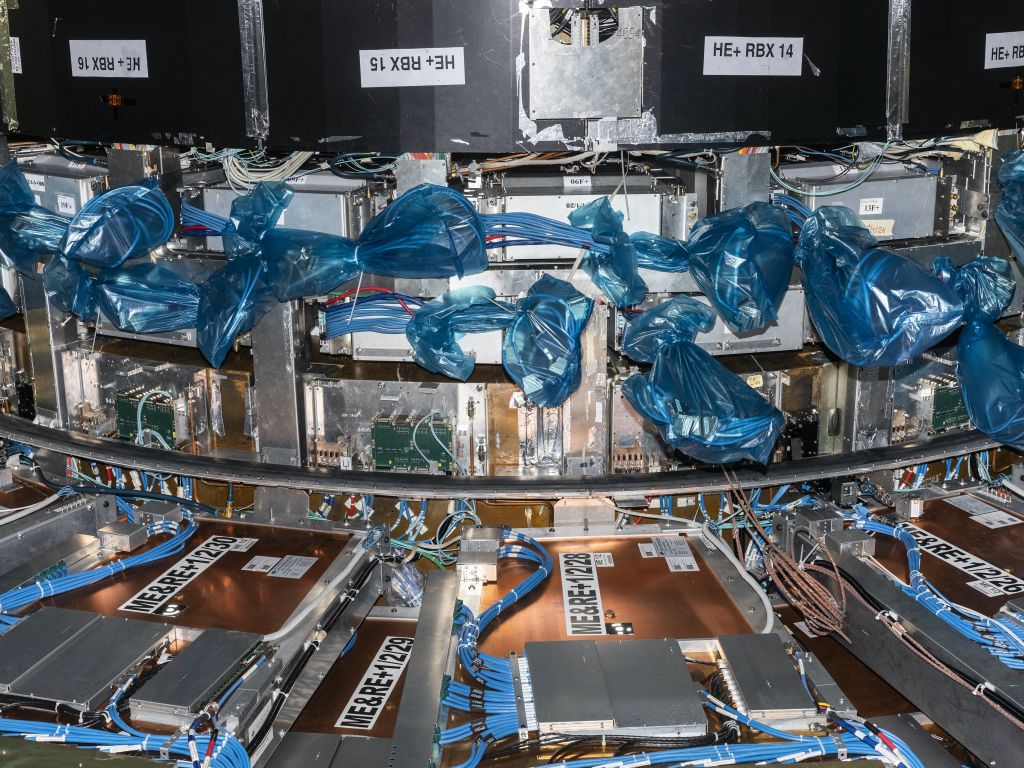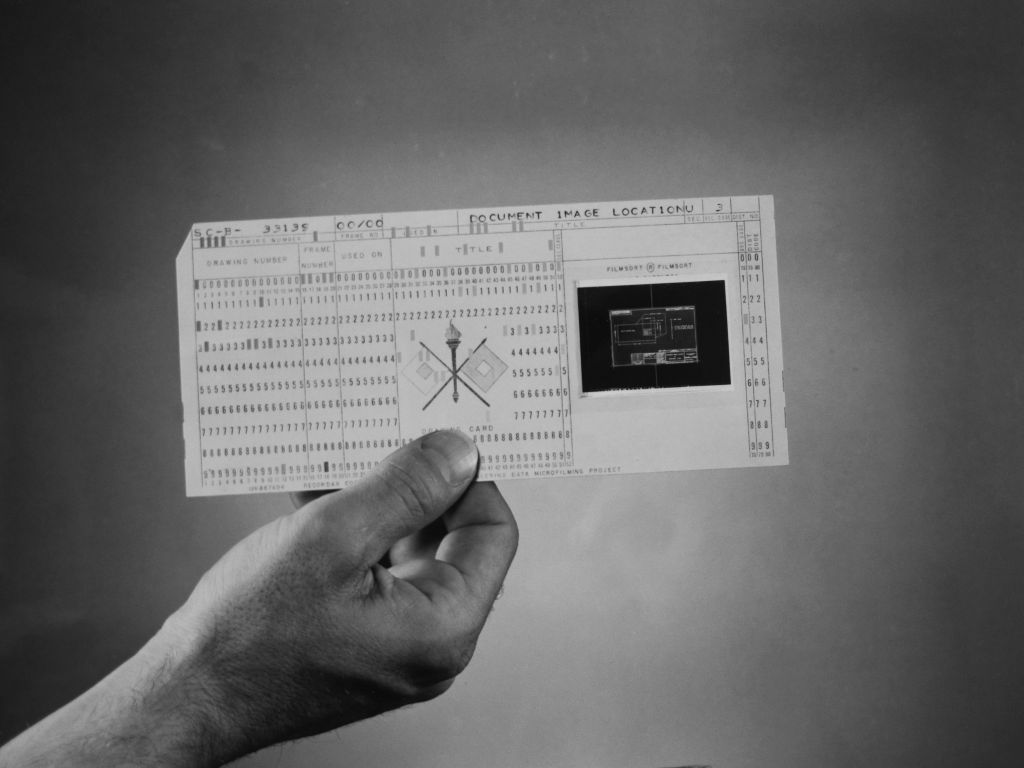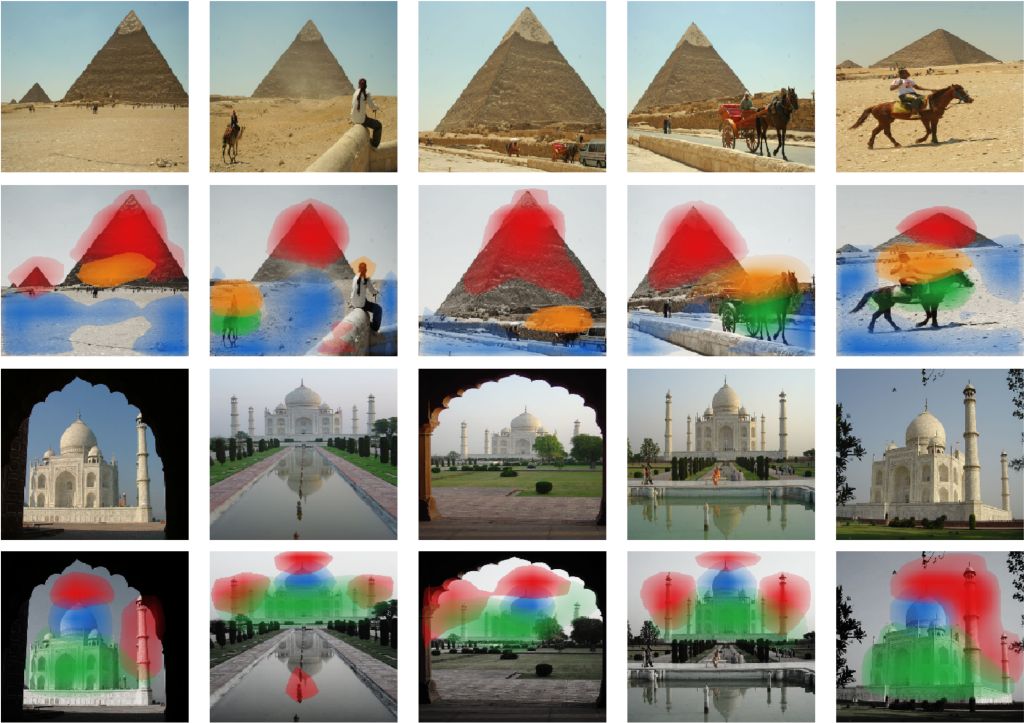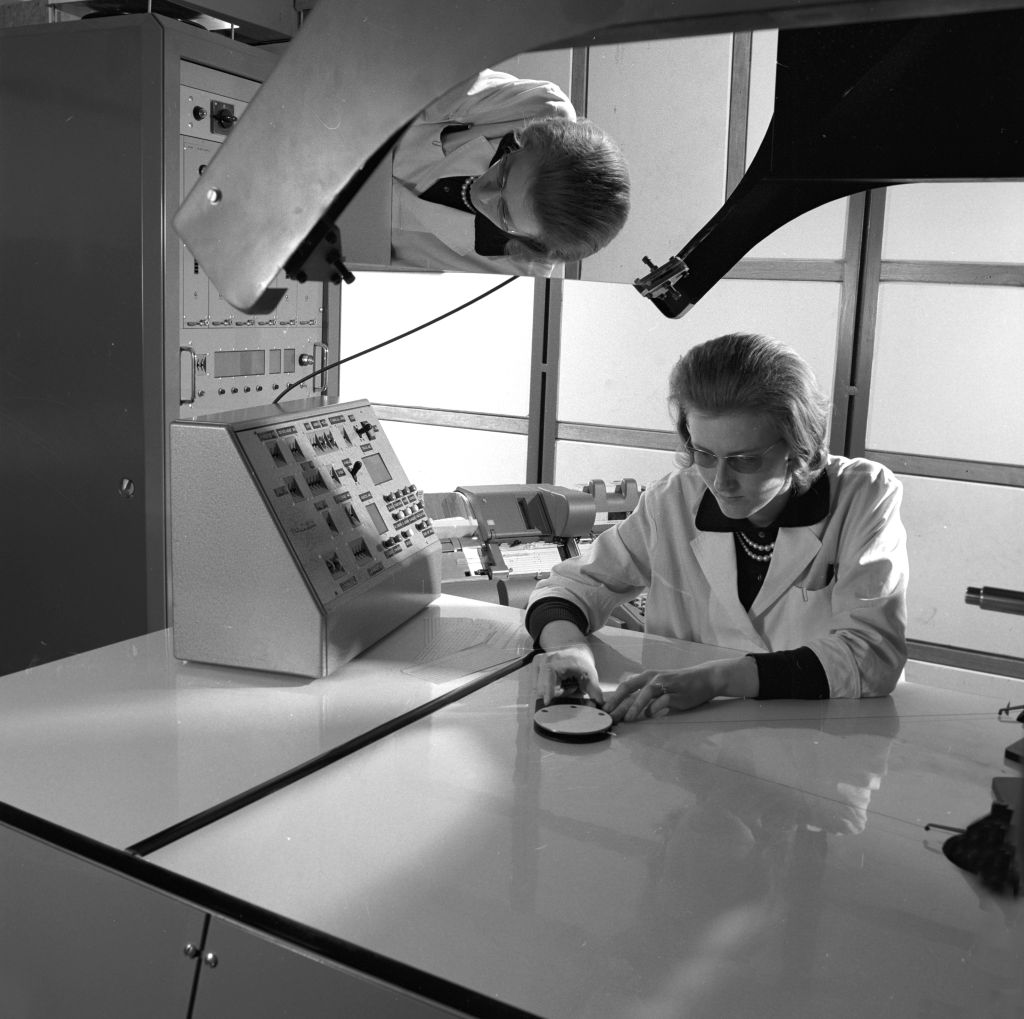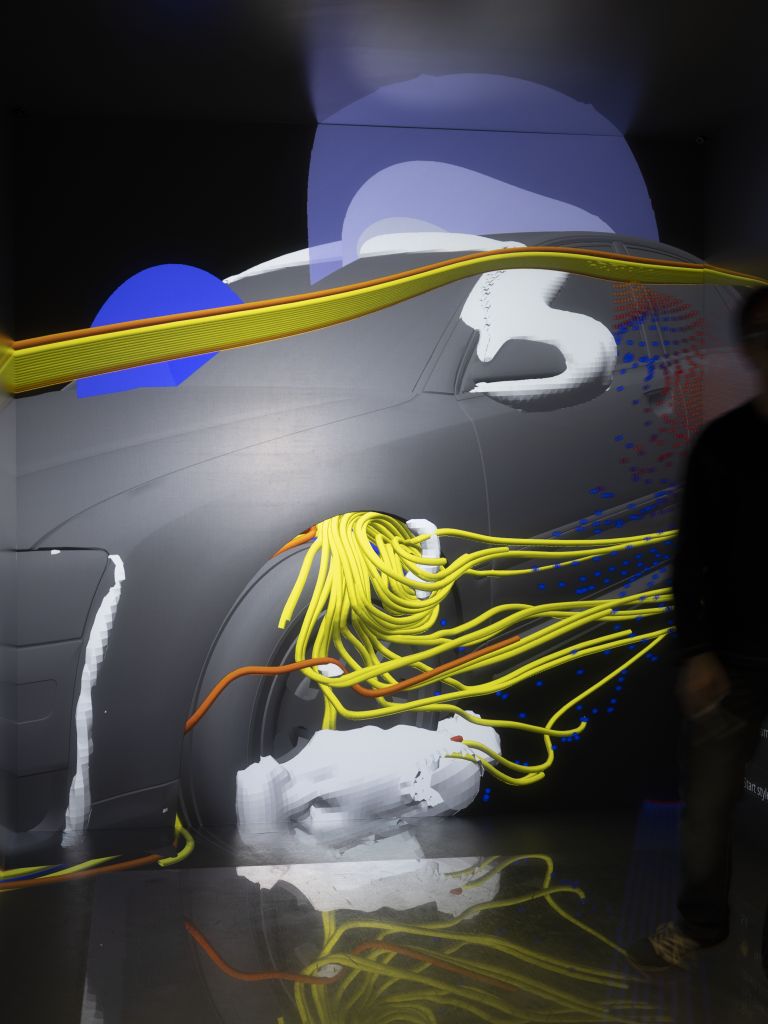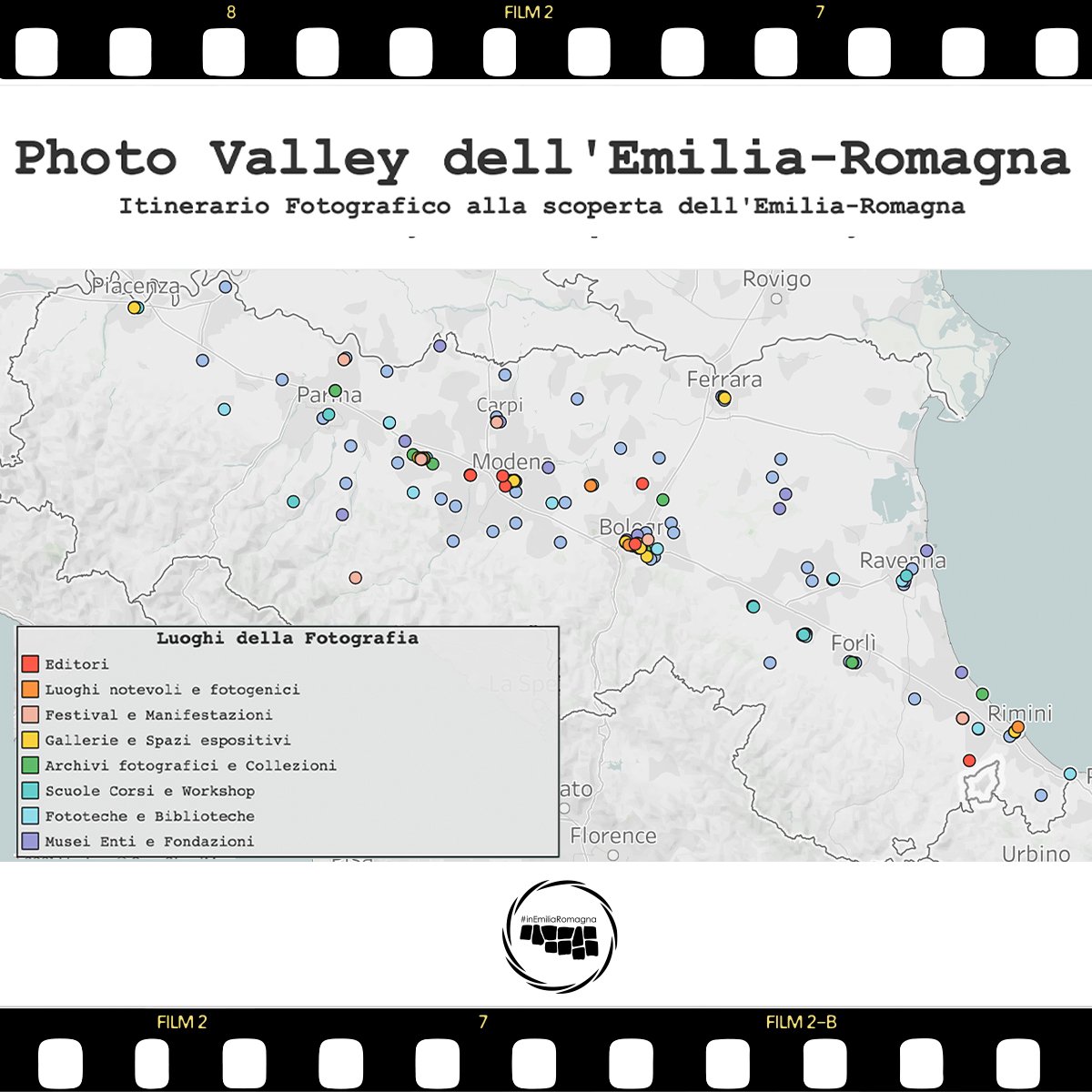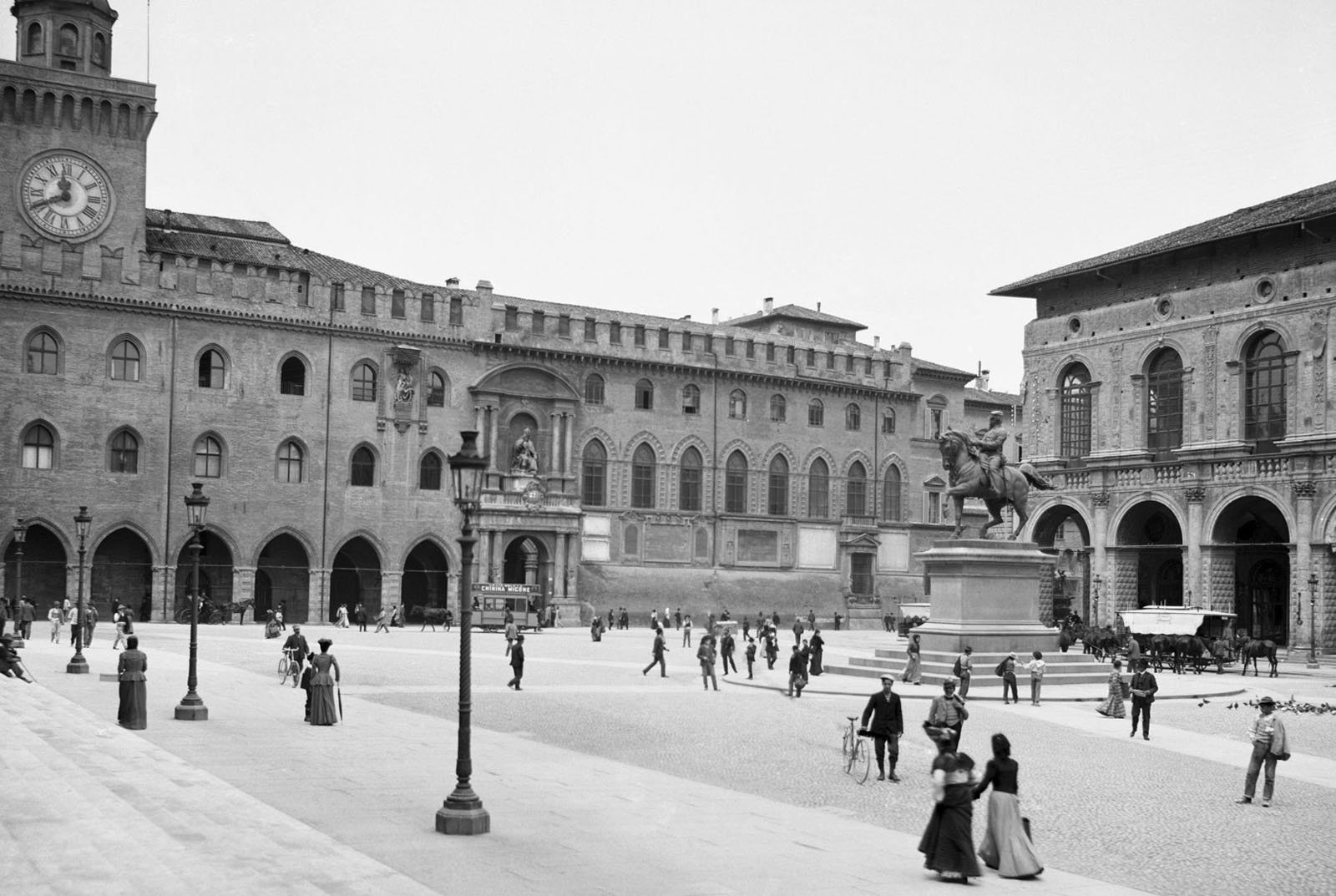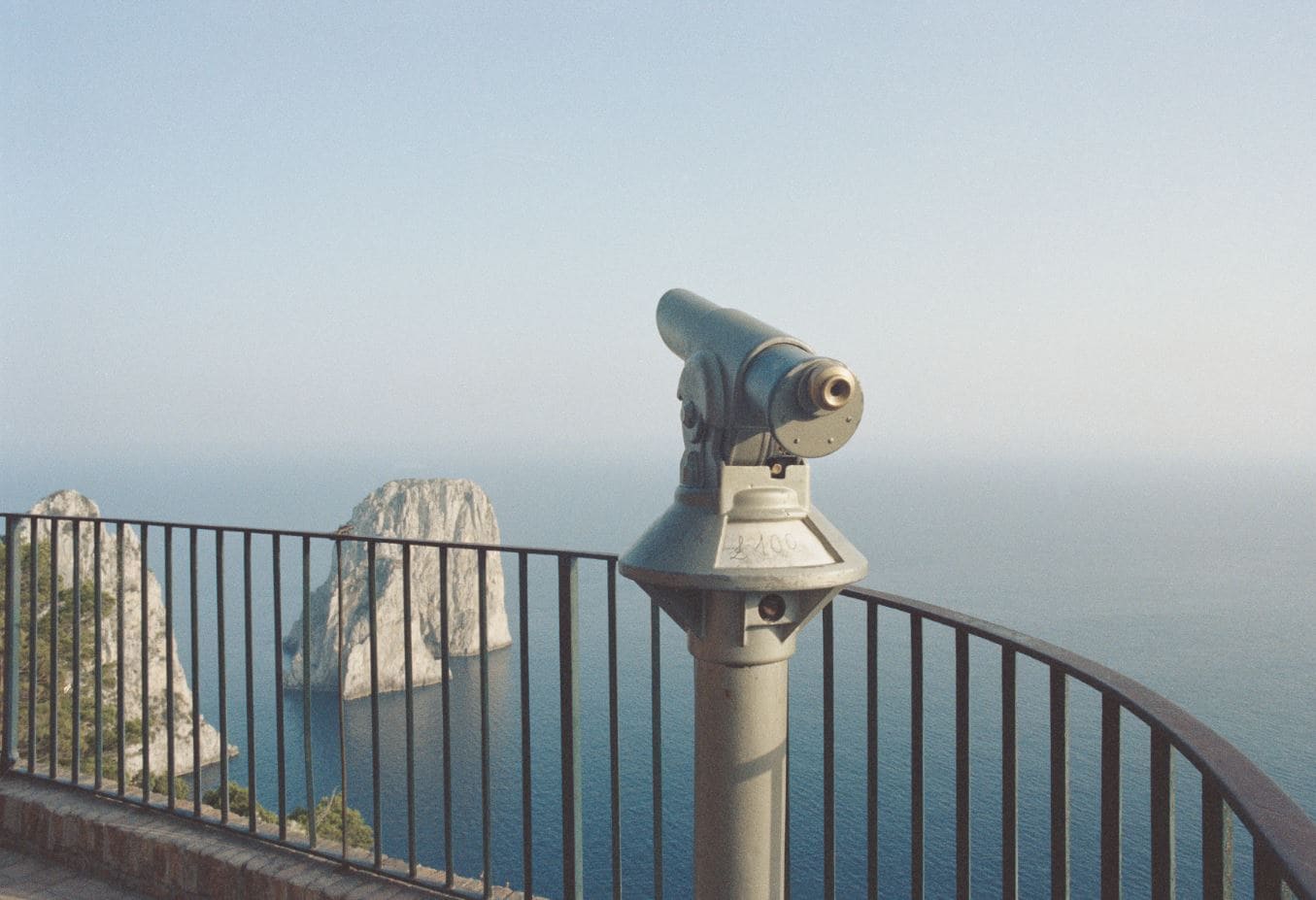Would you like to know some more about photography and its history from an unusual point of view?
You can discover it by visiting the exhibition IMAGE CAPITAL. Photography as information technology, which is on at the MAST exhibition spaces in Bologna, until January 8th, 2023.
The project was born thanks to the collaboration between the photographer Armin Linke and the historian of photography Estelle Blaschke: it’s a path of exploration that represents through images, texts and a vast array of other materials the different ways in which photography is used within different types of production processes (for instance, in scientific, cultural and industrial fields.
Actually, photography is ubiquitous, it’s almost everywhere, but almost always it recounts and describes other than itself. The exhibition, curated by Francesco Zanot, is a visual and research project that, as in a game of mirrors, inquires around photography itself and its countless practical uses, its scientific value, and its function as information technology.
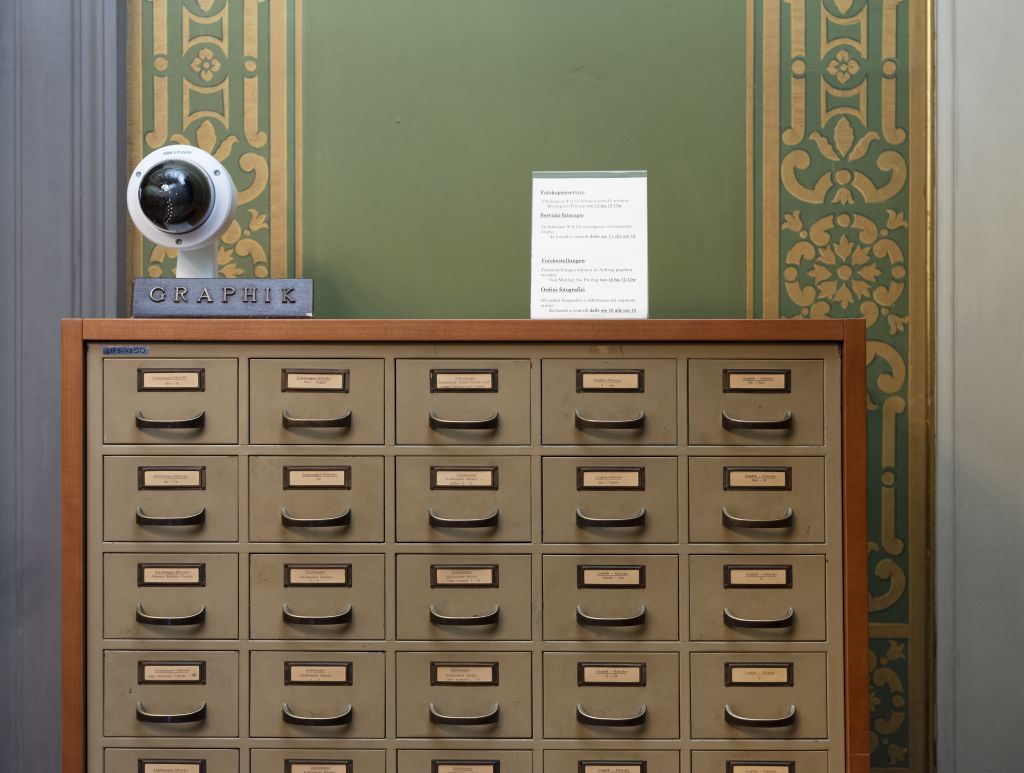
Photography as a capital
The communication and access systems to information are closely linked to photography – as is evident visiting the exhibition. Indeed, photography has played an essential role in the development of global industries and governmental apparatuses. In other words, images become a true form of capital. Image Capital, precisely.
The MAST exhibition spaces host archival images, publications, interviews, videos, other original objects. They are very different materials, exhibited without hierarchies and divided into six sections, offer an immersive narrative-experience, that allows everyone to discover and follow his original narrative path.
Armin Linke, CERN, Large Hadron Collider (LHC), cabling, Geneva, Switzerland, 2019
University of Rochester, Rare Books, Special Collections, and Preservation (RBSCP), Kodak Historical Collection. Photographer unknown, aperture card, ca. 1960
Edo Collins, Radhakrishna Achanta, Sabine Süsstrunk, Deep Feature Factorization for Concept Discovery, paper presented at the European Conference on Computer Vision (ECCV), Munich, Germany, 2018
A scanning and measuring table (IEP – Instrument for the evaluation of photographs) for bubble chamber photos, CERN, Geneva, Switzerland, 08.03.1963
University of Stuttgart, High-Performance Computing Center (HLRS), Stuttgart, Germany, 2019
Six sections
Memory
Photographs can collect and store information. The intrinsic nature of photography as a recording tool is investigated. Its potential has been widely expanding since the mechanical reproducibility to the advent of digital technology.
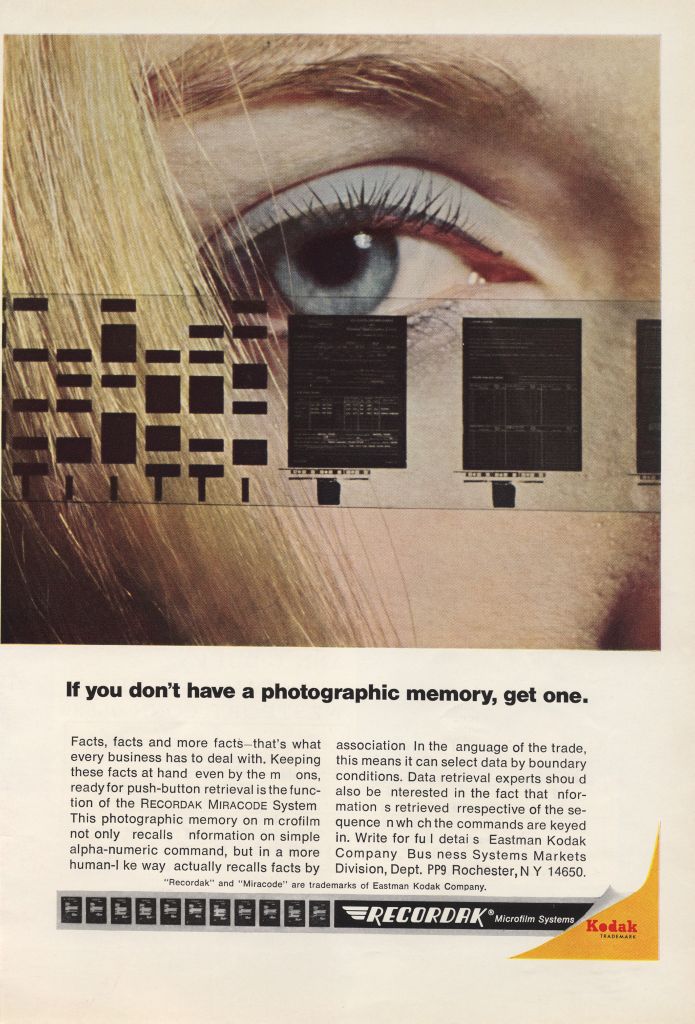
Access
On the filing procedures, archiving and indexing images. The association between photography and text have always been key to the success of this medium as an information technology. Metadata are not only useful for organizing images in ordered systems, but also for being able to find and use them.
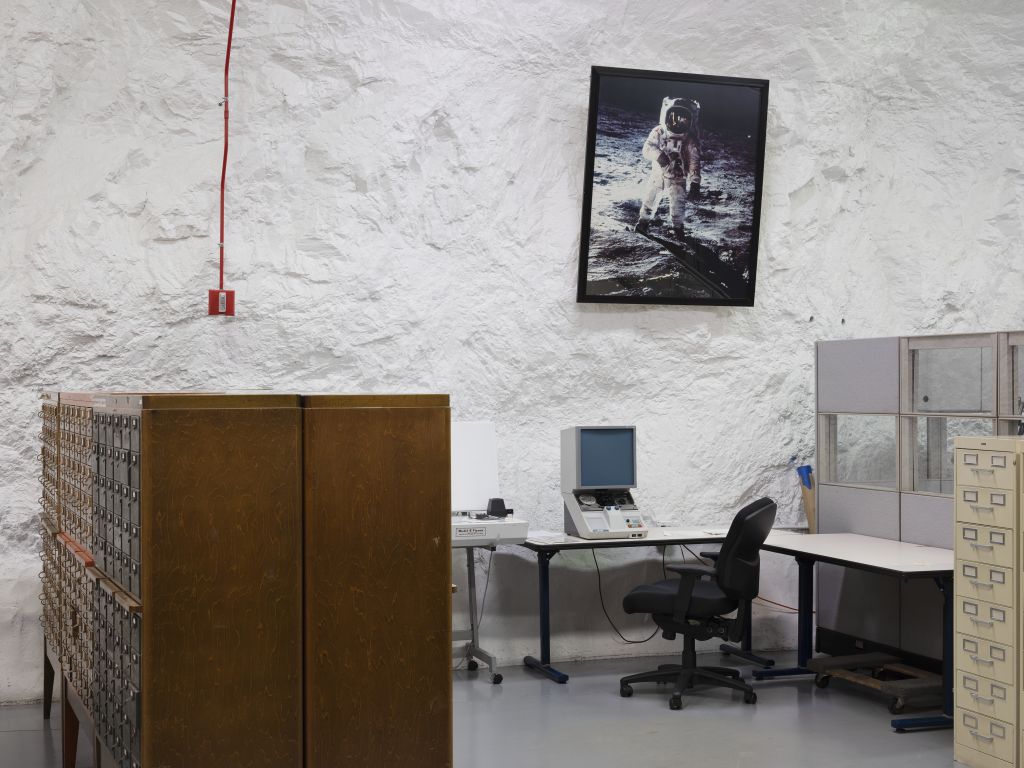
Protection
Strategies for the long-term preservation of images and the information they contain. The images are like deposits of potentially perishable information, so they must be protected not to be dispersed. This section shows the strategies for the protection of images, from archives to back-up systems.
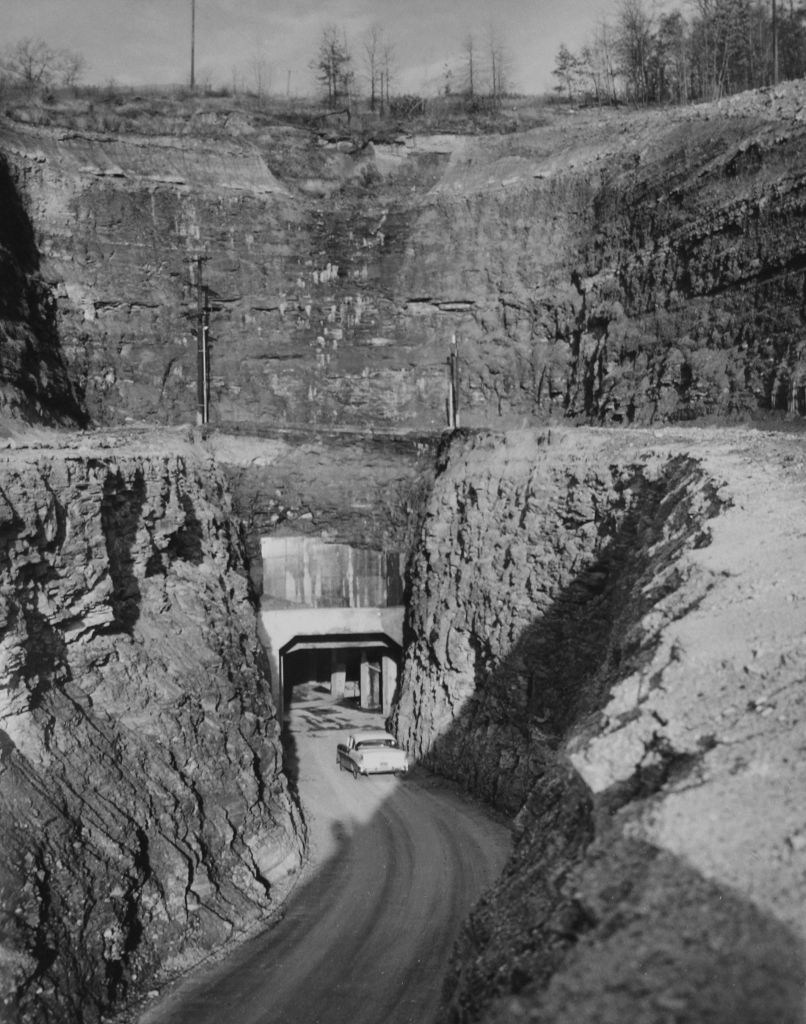
Mining
On image analysis and their use in automatic recognition technologies. These processes entail the possibility of using large quantities of similar images for the development of automatic recognition technologies, that are pivotal today, especially in the industry and security fields.
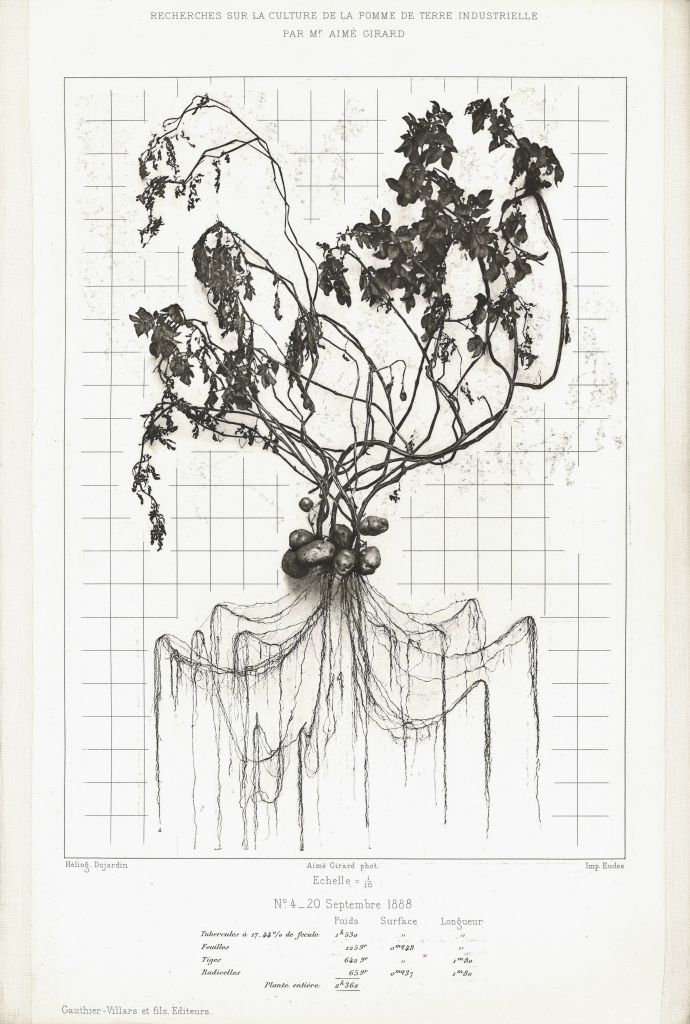
Imaging
On photography as a visualization system for the existing or one of its projects. The analysis begins from its ability to go beyond the limits of the human eye to its use for the development of rendering and digital modeling techniques. With a reversal with respect to its historical connotation, that is as a proof of reality, photography becomes the basis from which reality is designed and built.
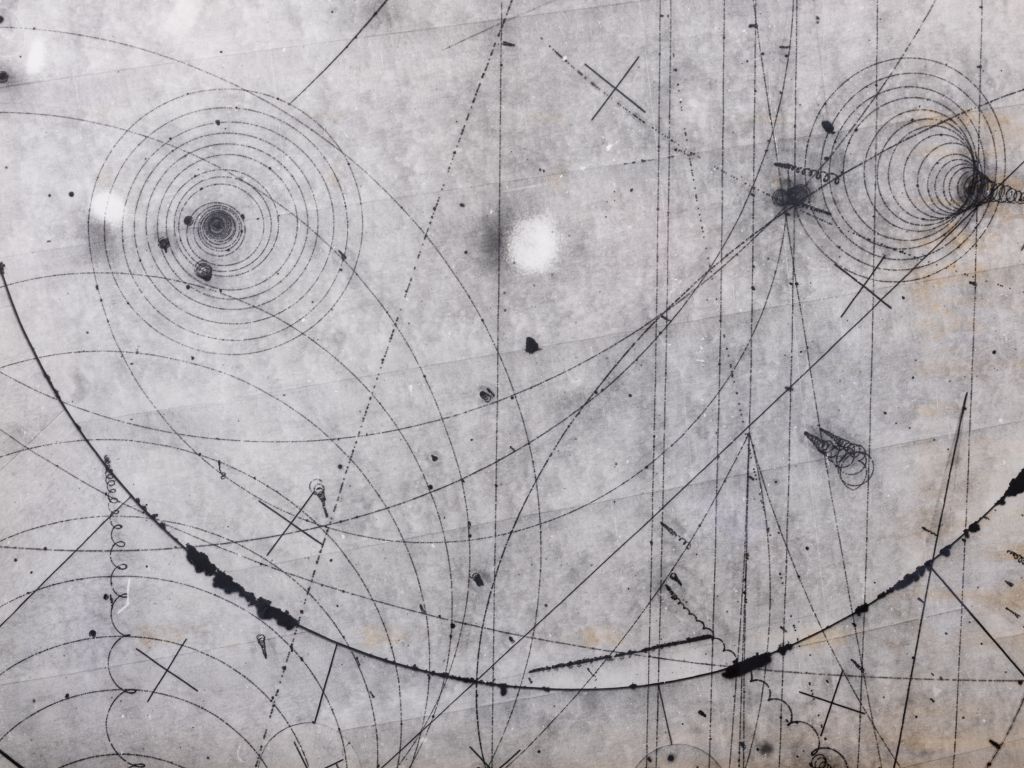
Currency
On the value of the images. From the association between photography and currency to computer capitalism, the section enlights the processes of attributing value to images, today particularly linked to the ability to accumulate large quantities and to associate broad sets of information to each.
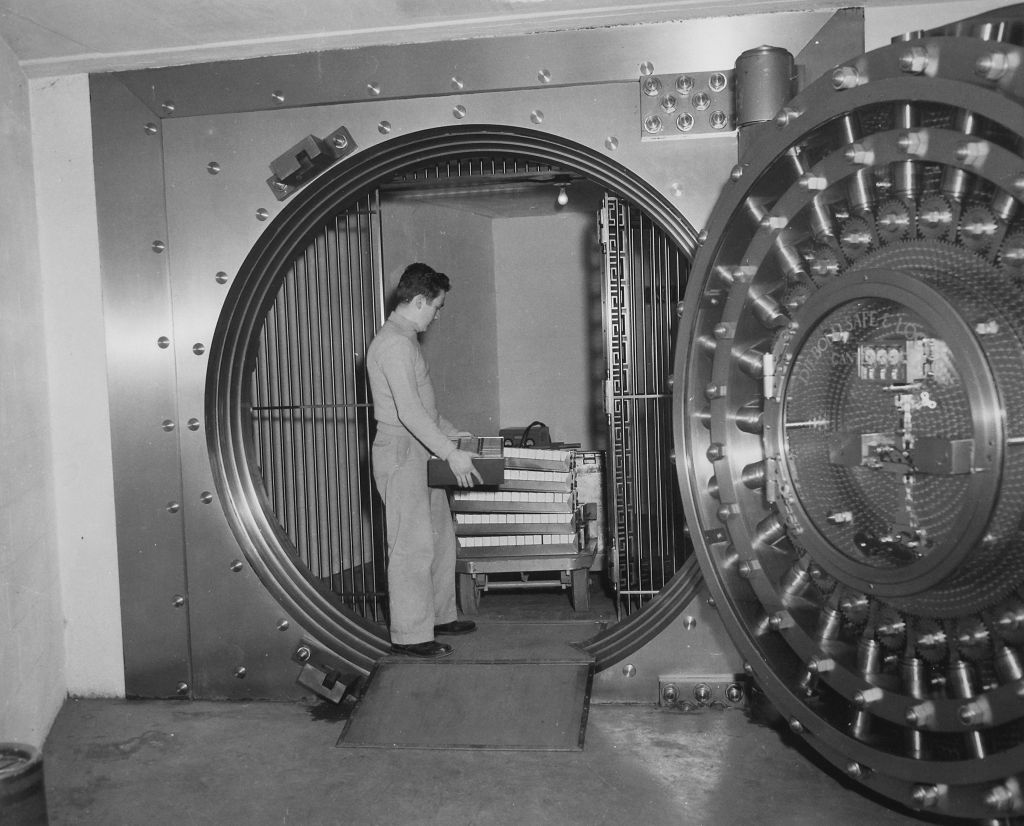
The images at the time of ancient Pompeii
Let’s now take a step back in time, to the Roman civilization that inhabited the Pompeii area.
No doubt, photography didn’t exist then. But images were important in ancient times, too, as it can be seen in the exhibition The Painters of Pompeii at the Museo Civico Archeologico, also in Bologna. The exhibition shows more than one hundred works from the Roman period from the collection of the Museo Archeologico Nazionale di Napoli, which preserves the most important pinacoteca of ancient times.
The focus is on the ‘pictores’, that are the artists who decorated the houses in Pompeii, Ercolano and other cities around Vesuvius. Their role is still shrouded in mystery. The exhibition also highlights the very important heritage of images they left us. They are frescoes that depict scenes from mythology and the family’s history, landscapes and gardens, architecture, and offers us a new perspective from which to explore the tastes and values of that world.
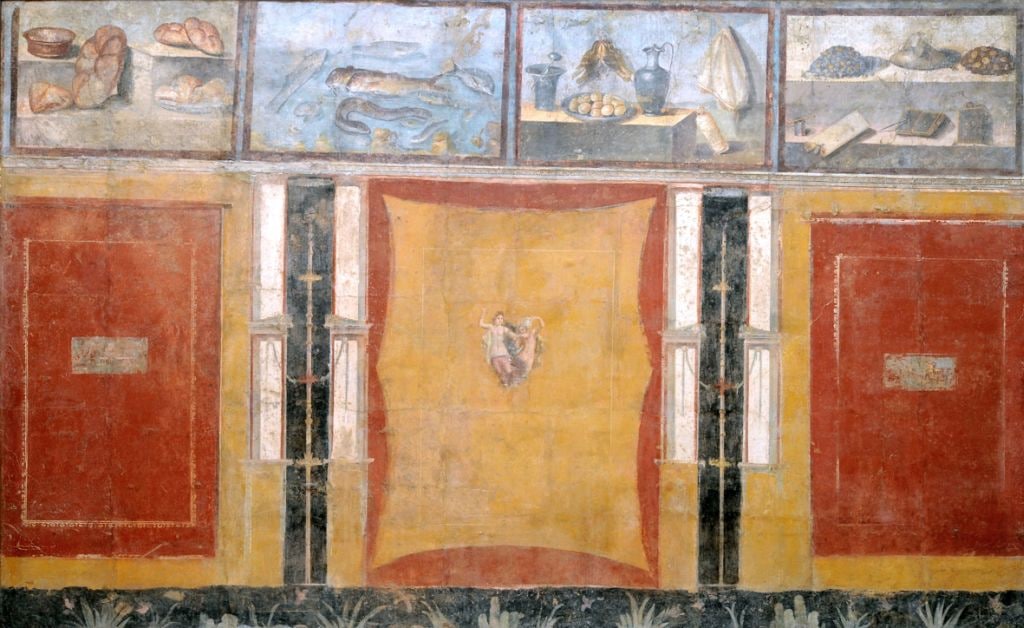
IMAGE CAPITAL. Photography as information technology is the result of an international collaboration between Fondazione MAST in Bologna, Folkwang Museum in Essen, Centre Pompidou in Paris and Deutsche Börse Photography Foundation in Frankfurt/Eschborn.
Spetember 22, 2022 – January 1, 2023
Fondazione MAST, via Speranza, 42, 40133 Bologna
https://www.mast.org
The Painters of Pompeii, curated by Mario Grimaldi, is the fruit of the cultural and scientific partnership between Bologna City Council | Civic Archaeological Museum and the National Archaeological Museum in Naples.
September 23, 2022 – March 19, 2023
Museo Civico Archeologico
Via dell’Archiginnasio 2, 40124 Bologna
http://www.ipittoridipompei.it/
Author
You may also like
Photo Valley: the places of photography in Emilia-Romagna
by Paola Sammartano /// July 27, 2021
Bologna Fotografata. Pictures from the city of yore
by Paola Sammartano /// November 5, 2021
Luigi Ghirri: Vedere Oltre. In Reggio Emilia, Modena e Parma
by Paola Sammartano /// May 12, 2022

Interested in our newsletter?
Every first of the month, an email (in Italian) with selected contents and upcoming events.
